Your First Animal: Dual-purpose Chickens
I can’t imagine a homestead without a chicken. Like cattle designations between dairy and beef, chickens usually identify as either egg layers or meat birds (broilers). In the old days, before sophisticated breeding selection created the double-breasted Cornish Cross, Kosher King, and Red Ranger, dual-purpose birds were common for domestic production.
Those old varieties like Barred Rocks, Rhode Island Reds, New Hampshires, Buff Orpingtons, White Rocks, Black Australorps, and even Silver Laced Wyandottes dominated homesteads until the advent of today’s meat bird. In modern segregated breeding, though, these heavy breeds tend to be much smaller than their former counterparts.
When I purchased my first “mixed heavy breed special” chicks from Sears and Roebuck in 1967, those birds grew into plump, heavy birds weighing at least 6 (and sometimes 7!) pounds. Today, you’d be hard pressed to find any of these old breeds weighing more than 4.5 pounds at maturity. Almost nobody raises these dual-purpose birds for meat anymore, which is a shame because the big body size offered a decent stewing hen or young cockerel eaten as a broiler.
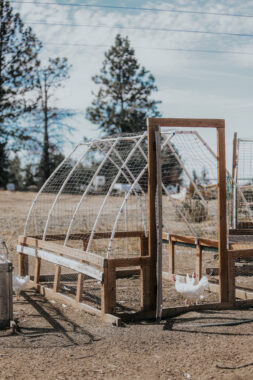
I’m belaboring the chicken type because a broiler is definitely not the same as a laying hen. The fast-growing, high-octane broiler needs a fine-tuned performance-based ration. The dual-purpose bird, growing slower and offering either meat or eggs, can thrive on a much wider variety of feedstuffs. Therein lies the utility of the homestead hen: She will eat virtually anything we discard from the kitchen, the garden, or the yard. Incredibly resourceful at finding edible morsels, the old-style hen can thrive where others won’t.
Hybrid egg layers like Dekalb Goldens, Golden Comets, J.J. Warren Cross, Cherry Eggers and the like are known for their egg production like the double-breasted Cornish are for meat production. Nothing is wrong with genetic preferences, of course, but the dual-purpose bird is far more self-reliant and forgiving to novices than either the meat or egg-laying hybrids.
Along with that resourcefulness comes a more robust immunological function as well as a more docile disposition. Sometimes errant roosters can outlive their usefulness, but usually these dual-purpose birds aren’t as stressed or flighty as their more hyped up counterparts.
Many homesteaders struggle with building compost piles because we don’t have enough material at once to make it go. That’s where the chicken serves perhaps its most valuable service. By scratching and pecking, not only does the hen stir decomposing material to aerate it, she also makes sure no fly maggots and other noxious elements interfere with the clean decomposition. What else can take all of our waste and scraps and turn them into something as delicious and nutritious as a backyard egg? Alchemy, here we come! And rather than a one-time harvest, the hen lays several eggs a week, week after week.
The downside of chickens, of course, is that everything that goes bump in the night likes to eat chicken. Highly vulnerable to predation, hens are by far and away the wimpiest animal on the farm. All other animals wake up and run, even at 2 a.m. But not a chicken. While the possum gnaws on a chicken, her sleeping coop-mates remain in place, seemingly oblivious as dreamland dances in their tiny heads.
For that reason, to fully capture and enjoy chicken benefits, you have to protect them from both predators and inclement weather. Chickens don’t like snow, wet, or drafts. They can handle cold as long as they’re dry and the air is still. At small scale (anything under 100 birds), I like stationary coops with deep bedding rather than letting them free range. One day a week or so, when you’re around, you can let them out to do their tick-patrol and fly larvae control.
Everybody enamored with free-run chickens inevitably encounters “the day of terror.” It might be an errant dog, high-flying hawk, or aggressive fox, but sooner or later unprotected free-running chickens will be dinner for something that’s not friendly. Save yourself the trauma and keep those birds on a nice deep carbonaceous diaper of compost in a protected run attached to a solid coop shelter. Because they turn any waste into eggs, build such wonderful compost, and debug the premises, my first animal of choice is the dual-purpose, heavy breed egg layer.
Your Second Animal: Meat Chickens
My next pick is the fast-growing meat chicken. Compared to all the other animals, meat birds are the most child friendly. Their infrastructure is also the easiest of all the animals. Even sheep need corrals and significant structures. Chicks can be started in a cardboard box with a heat lamp and then transferred to simple, portable, floorless range shelters where they’re quite happy.. Easy to build and extremely cheap, these shelters provide security and control.
Few critters are as productive and easy to handle as broiler chickens. In eight weeks, they’re ready to process, but don’t let that dissuade you. Today, numerous outfits offer functional, affordable killing cones, pickers, and scalders. Even a small child can help tote a dead chicken from cone to scalder. Little hands reaching inside to get the lungs provides meaningful work opportunities for extremely small children.
You can enjoy a start-to-finish cycle with broilers in a matter of weeks, which is fast enough to hold the attention of children. This short start-to-finish cycle with lightweight, inexpensive infrastructure makes broiler chickens my number two go-to homestead critter.
The bonus is that both egg-layers and broilers offer the most nutritional and animal welfare differentiation when compared to what’s in the supermarket. Once you’ve had one of these from your own homestead, you’ll never look longingly at those Tyson blobs in the meat counter again.
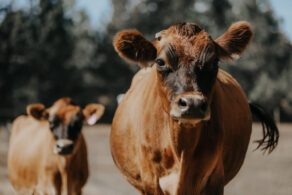
Your Third Animal: A Beef Steer
The next animal is a bit more difficult. Too many new homesteaders opt for goats. But goats are not grazers; they’re browsers. In other words, they want to eat 80% of their diet above their shoulders. If you don’t have significant brushy, weedy, woody, viney vegetation, don’t even think about goats. Thousands of homesteaders are eating their property into a desert with too many goats. Also, remember that goats often birth twins or triplets.
Before you start with goats, buy one and kill it. Eat it. Did you like that process? If you didn’t, don’t get goats. The most common downfall of homesteaders and livestock is turning the place into a geriatric animal nursing home. If you have animals, you’re going to have to cull them when they get old, lame, ornery, or unproductive.
Milk goats are okay, but they need to keep having babies in order to give milk. Back to the problem I’ve already pointed out: butcher one first, eat it, then look at goats. Furthermore, goats are notorious Houdinis on fences. The old adage “If it won’t hold water, it won’t hold a goat” is largely true. Unless and until you’re a master fence builder and designer, stay away from the goat.
Sheep have similar issues, although they are easier to control than goats and are wonderful grazers. They also browse a little more than cows, so sheep offer a hybrid between the goat and the cow. Sheep milking is quite viable if you want dairy on a tiny scale.
So what’s my third animal pick? A beef steer. Ideally two for their own social happiness, but beef animals are friendly enough that you can be their social counterpart. Chances are you eat more beef (52 lbs. per capita per year) than lamb (0.7 lbs. per capita per year) or goat (0.1 lbs. per capita per year), so why not raise one for yourself?
A homestead offers many opportunities to fail and get frustrated. While a beef animal is big and can be intimidating, if you have a secure corral to get it tamed, nothing can become almost like a pet as fast as a gentle steer. A few carrots, apples, sugar cubes, and a nice paddy of hay will have that boy eating out of your hand in a week. Beef animals train easily and quickly to a single strand of electric fence, unlike sheep which require two or three, and goats which require three to five.
Chances are you won’t process the beef yourself; you’ll take it to a custom abattoir and bring home beautiful, labeled, frozen packages. More neighborhood abattoirs exist to process beef than chicken.
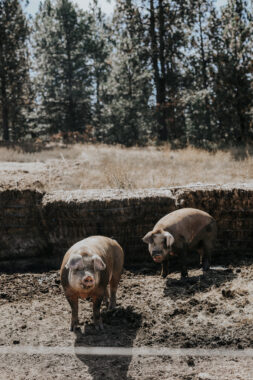
Honorable Mention: Pigs
This column wouldn’t be complete without at least acknowledging the pig. After beef, I’d go for a pig because it’s happy in a covered pen on deep bedding. Keep dumping in chips and junky hay to keep the pig odor-free and happy. Again, two pigs are preferable to one.
Pigs are also far easier to butcher at home than a beef steer and offer the distinct advantage of bacon to go along with your eggs. If you have any dairy animals, the pig is a natural adjunct because anything milk-related (fresh, sour, or foul), they eat with relish and turn into delightful nutrition. Plus, with enough room and fresh carbon, pigs don’t stink. You can trust me on that!
To recap, my order is the dual-purpose laying hen, then the fast-growing broiler chicken, then the beef steer. Get that right before heading off into the daily commitment of a dairy animal or the control issues with sheep and goats. At least, that’s my two cents’ worth.

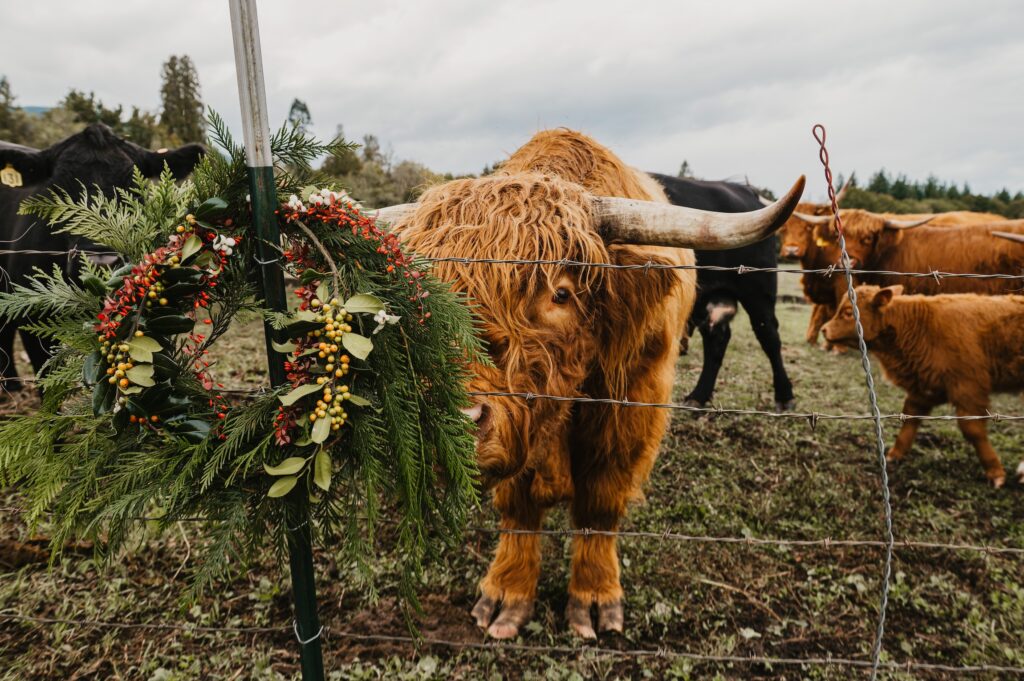
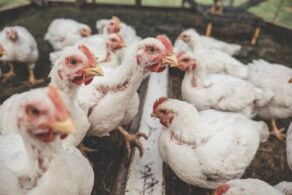

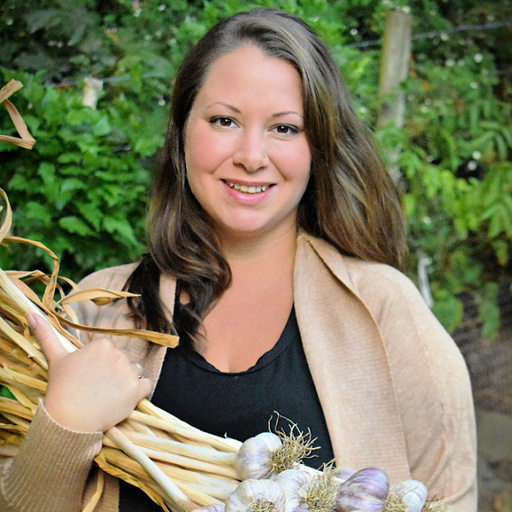
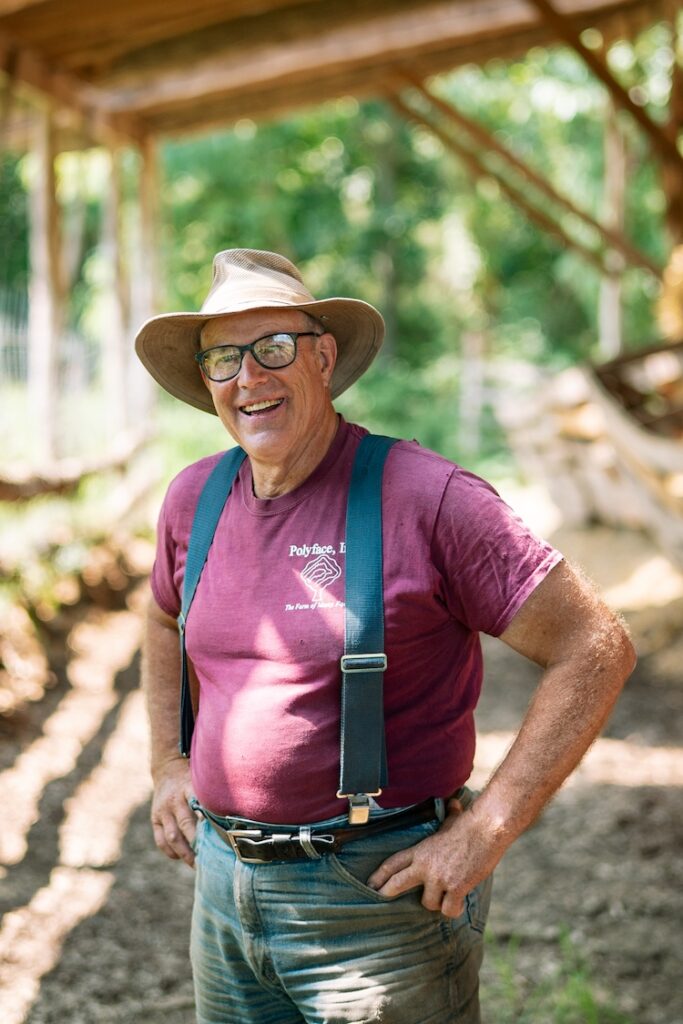
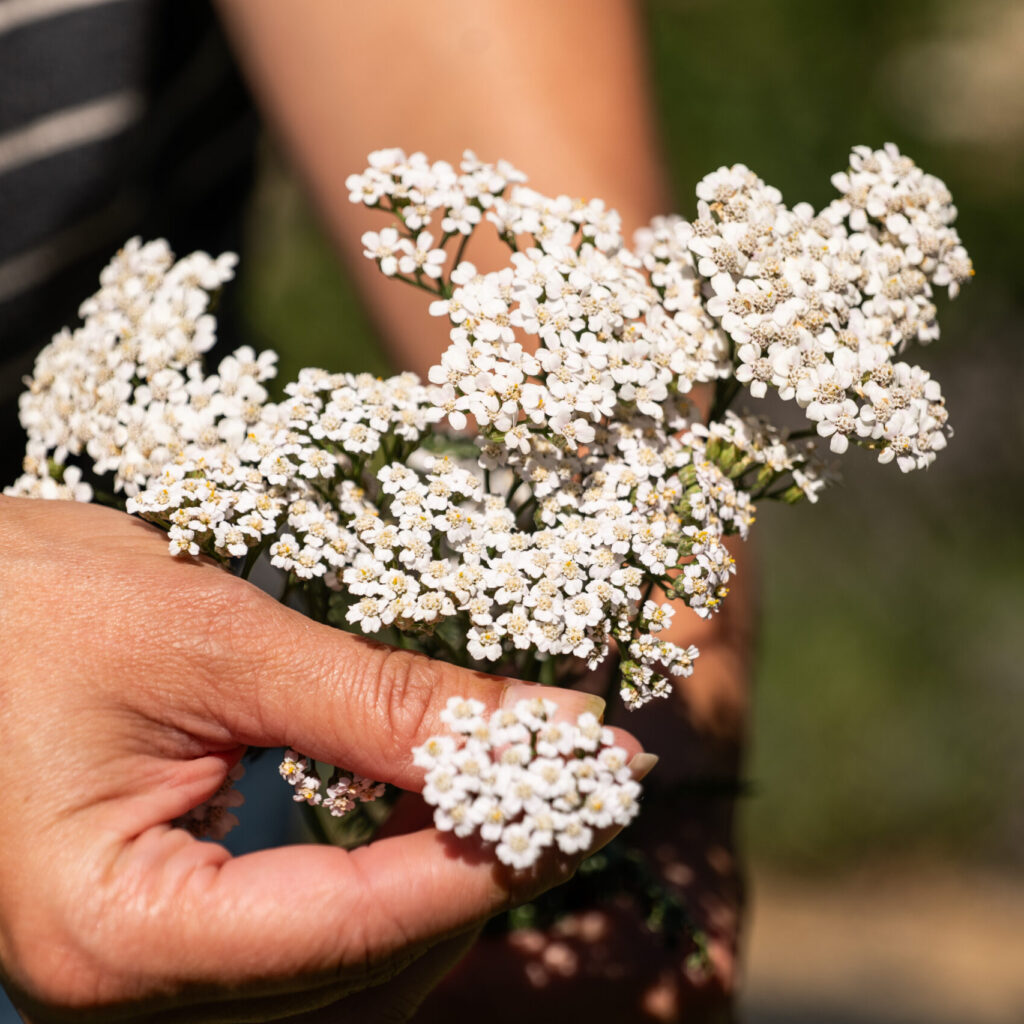
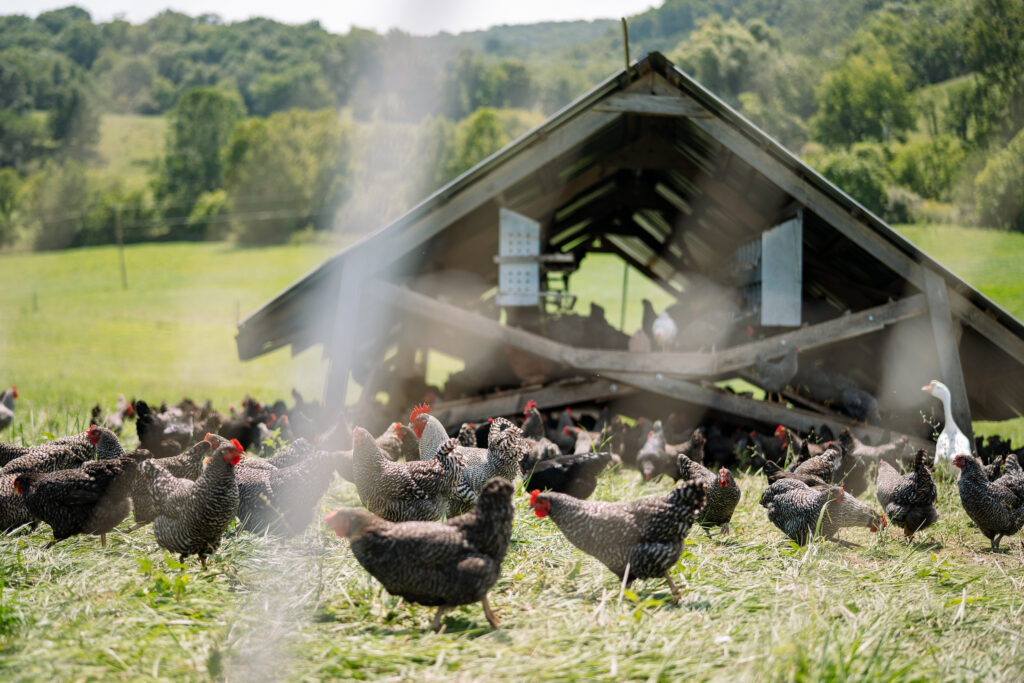
Leave a Reply